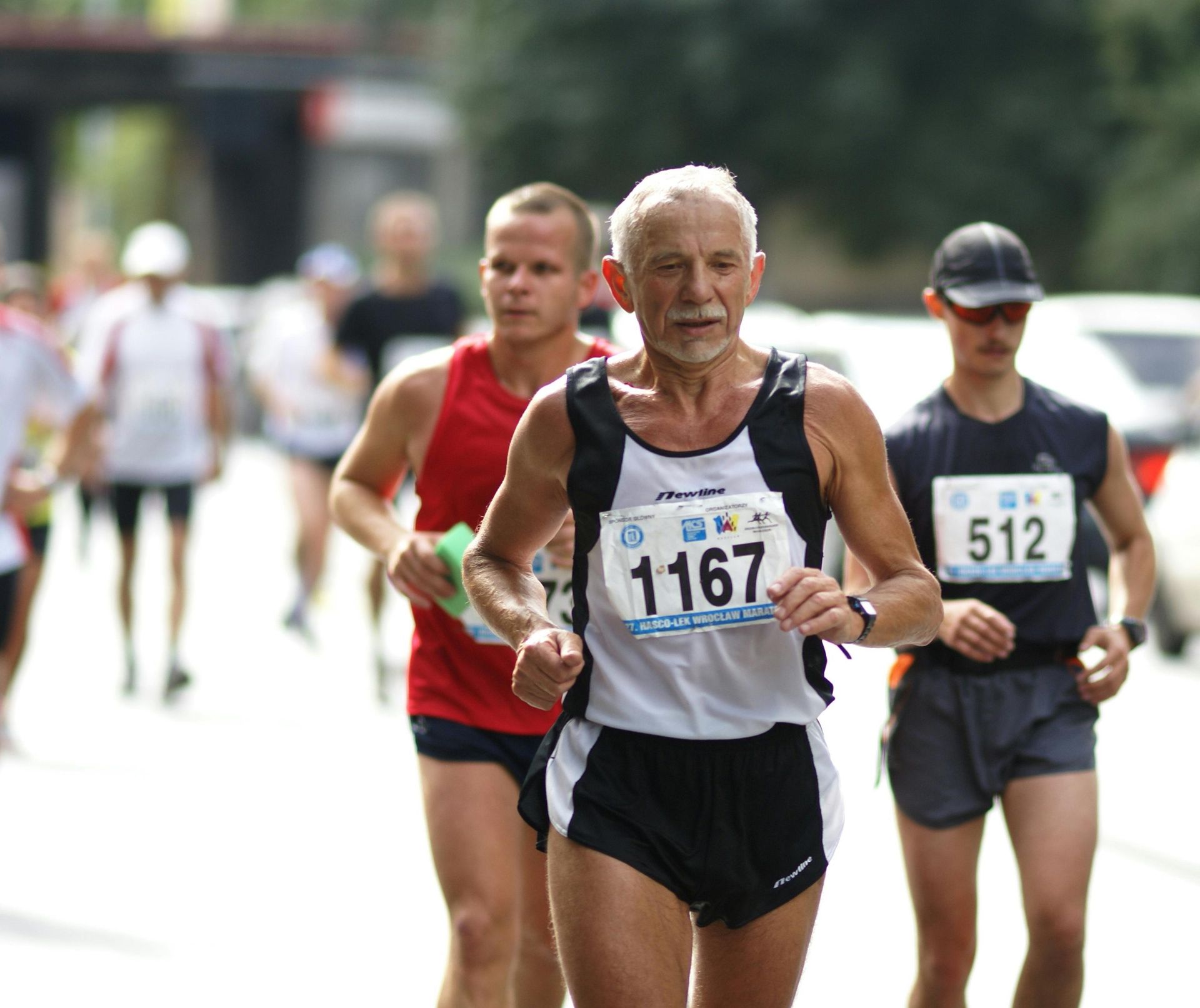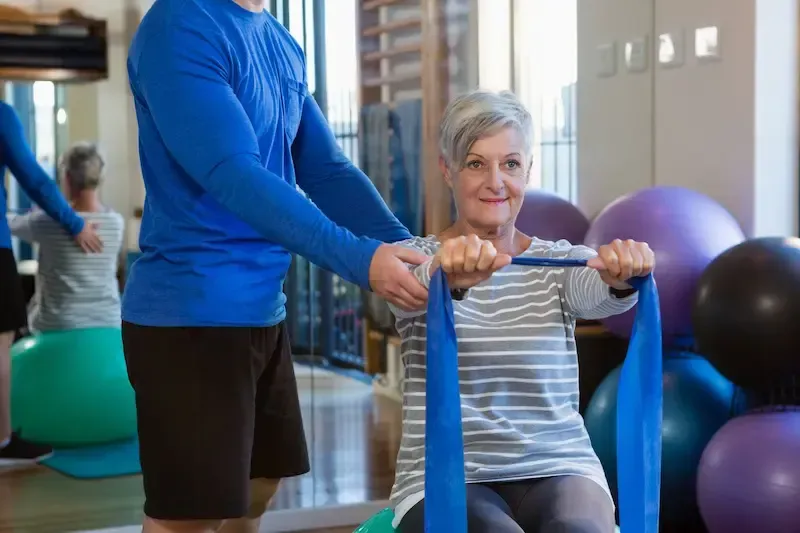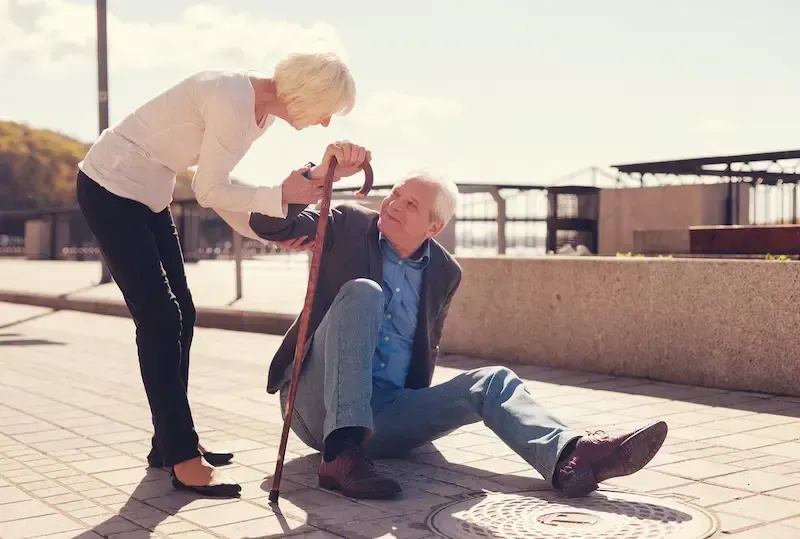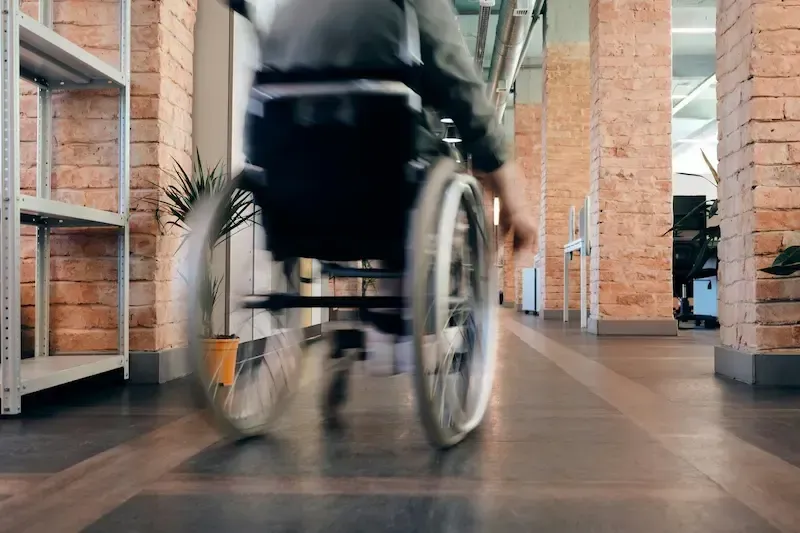Boosting Balance and Preventing Falls: The Power of Fitness for Seniors
Falls are a significant concern for older adults, often leading to serious injuries and a decrease in quality of life. However, incorporating fitness into daily routines can be a powerful tool in preventing these accidents. This blog post will explore how targeted exercises and physical activity can help seniors improve their balance, strength, and safety.
The Importance of Fall Prevention
Falls are the leading cause of injury-related deaths among older adults, and they can result in fractures, head injuries, and decreased mobility. Many falls are preventable, and enhancing physical fitness is a key risk reduction strategy. By focusing on exercises that improve strength, balance, and flexibility, seniors can build resilience against falls and maintain independence.
Key Fitness Strategies for Fall Prevention
Strength Training
- Why It Matters: Strength training is crucial for maintaining muscle mass and bone density, both essential for stability and fall prevention. Strong muscles support joints and improve overall coordination.
Recommended Exercises:
- Chair Squats: Stand in front of a chair, lower yourself into a sitting position, then rise back up. This exercise strengthens the legs and improves balance.
- Wall Push-Ups: Perform push-ups against a wall to build upper body strength without straining the joints.
Balance Exercises
- Why It Matters: Improving balance helps prevent falls by enhancing your ability to stay upright and respond to sudden changes in direction.
Recommended Exercises:
- Heel-to-Toe Walk: Walk in a straight line, placing the heel of one foot directly in front of the toes of the other. This exercise challenges and improves balance.
- Single-Leg Stands: Stand on one leg for 10-15 seconds, then switch legs. Try this exercise near a wall or chair for support to increase difficulty.
Flexibility Training
- Why It Matters: Flexibility exercises increase the range of motion in your joints and can reduce the risk of falls by improving your ability to move freely and easily.
Recommended Exercises:
- Seated Leg Stretch: Sit on a chair, extend one leg out in front of you, and gently reach towards your toes. This stretches the hamstrings and lower back.
- Gentle Yoga: Yoga routines that focus on stretching and controlled movements can improve flexibility and balance.
Aerobic Activity
- Why It Matters: Regular aerobic activity enhances cardiovascular health, which supports overall physical function and endurance.
Recommended Activities:
- Walking: A daily walk around the neighborhood or on a treadmill can boost stamina and improve coordination.
- Water Aerobics: Exercising in water reduces impact on the joints while providing resistance to strengthen muscles and improve balance.
Creating a Safe Exercise Routine
1. Consult a Healthcare Professional: Before starting any new exercise program, it's essential to consult with a healthcare provider, especially if you have existing health conditions.
2. Start Slowly: Begin with lower-intensity exercises and gradually increase the difficulty as your fitness improves.
3. Use Proper Equipment: Wear supportive footwear and safety equipment, such as handrails or exercise bands, to prevent injuries.
4. Stay Consistent: Aim for at least 150 minutes of moderate-intensity aerobic activity per week, combined with strength and balance exercises.
Additional Tips for Fall Prevention
- Home Safety: Ensure your living environment is free from tripping hazards. Remove clutter, secure loose rugs, and install grab bars in key areas like the bathroom.
- Regular Check-Ups: Keep up with regular health check-ups to monitor vision and medication side effects, which can impact balance.
- Stay Socially Engaged: Social activities and maintaining an active lifestyle can help improve mental and physical well-being.
Incorporating fitness into your daily routine is a proactive way to prevent falls and maintain independence as you age. By focusing on strength, balance, flexibility, and aerobic activity, seniors can significantly reduce their risk of falls and enjoy a healthier, more active lifestyle. Remember, it's never too late to start, and every step taken towards fitness is a step towards greater safety and well-being.












